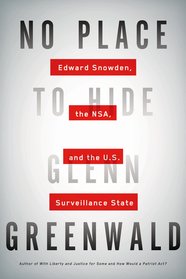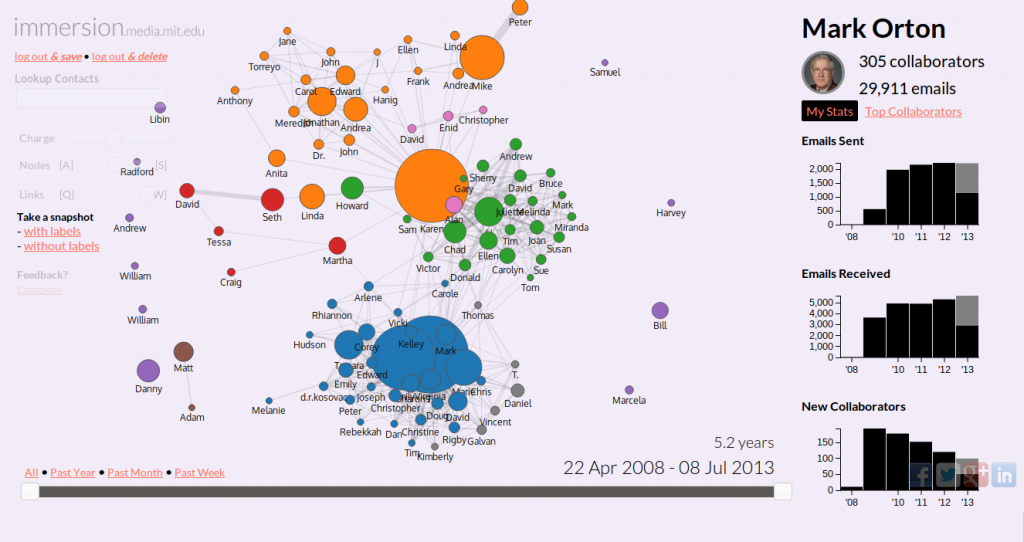Mark Orton reviews Glenn Greenwald's book on Edward Snowdon's controversial revelations about surveillance in the US.
Current Matters
Mark Orton, our friend and former Cantabridgian, now living in Hudson, NY (aka Cambridge on the...

